There is no denying that Ube is a city of art that pulses through its veins. Playing host to the internationally-renowned ‘Ube Biennale’ sculpture competition every two years, the city’s links to the art world date back of 1961, when local residents sought to beautify their heavily industrialized, war-torn area with sculptures carved by artists living across Japan.
Today, most people who think of Ube will think about the Biennale. There is another traditional and artistic side to this city of art just waiting to be discovered – a circuit of artisans and craftsmen preserving and continuing crafts that have existed for hundreds of years.
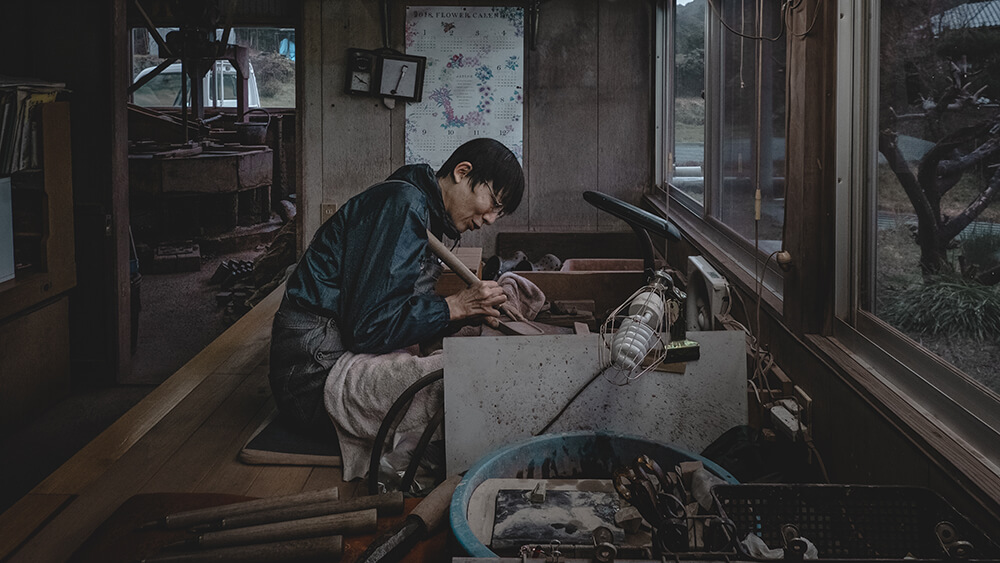
Akama Suzuri Inkstones
Take, for example, the Akama Suzuri inkstone – a product unique to Yamaguchi prefecture. At Ube City’s Akama Tsuzuri No Sato workshop, a skilled artisan works every day to cut, carve, and polish one of the most simple, yet important tools used in the practice of calligraphy (the traditional Japanese art of penmanship).
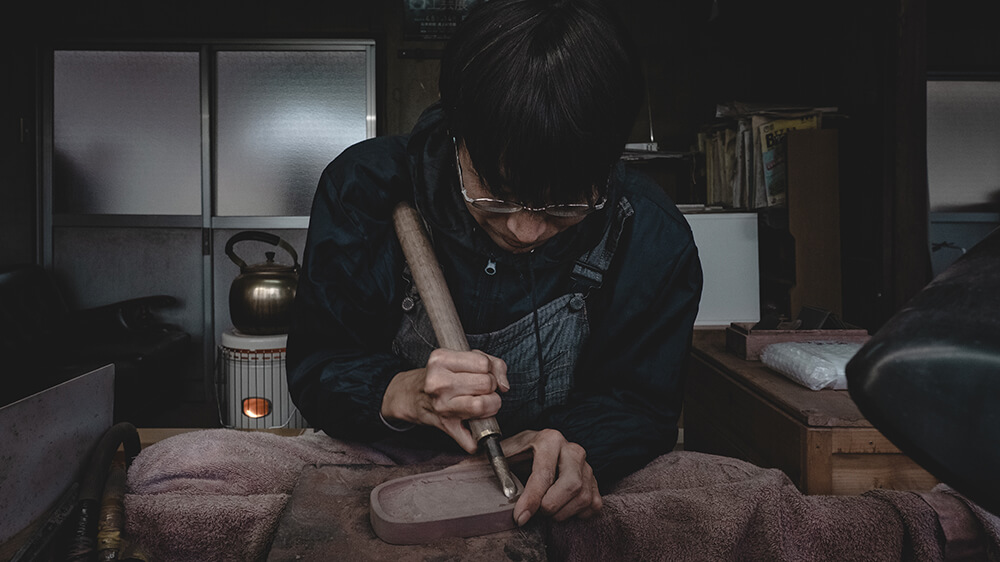
The quality of the inkstone used in calligraphy can have a great impact on the finished artwork, as different stones will produce different strengths and colours of ink. For that reason, many calligraphy masters and practitioners favor the rich and deep results that Akama stones provide.
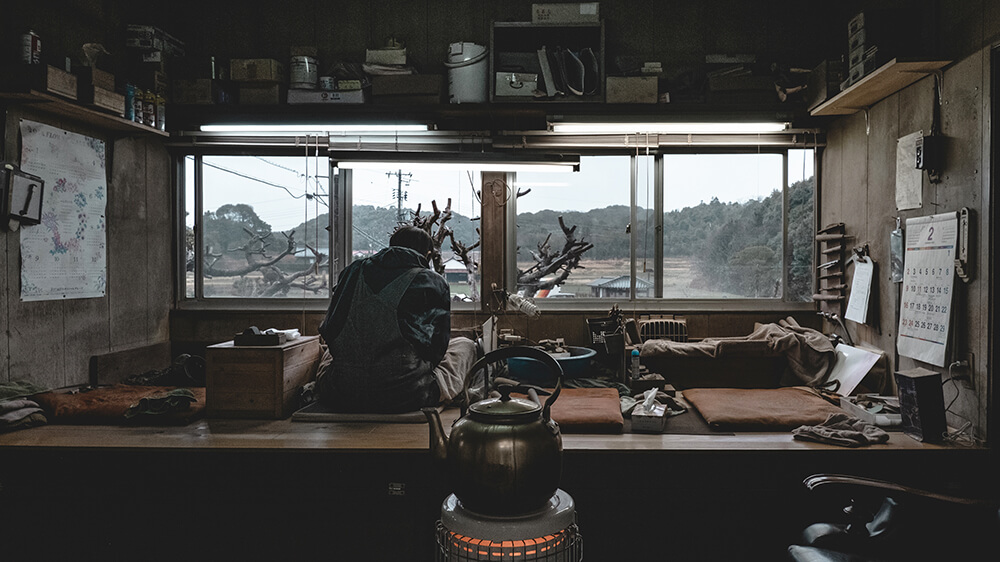
To achieve the necessary level of skill and experience for selecting and mining Akama stones, an artisan requires at least ten years of dedicated study and training. Cutting, carving, and polishing the inkstone is also an incredibly intricate practice, relying on special techniques and a variety of chisels to create the finished product.
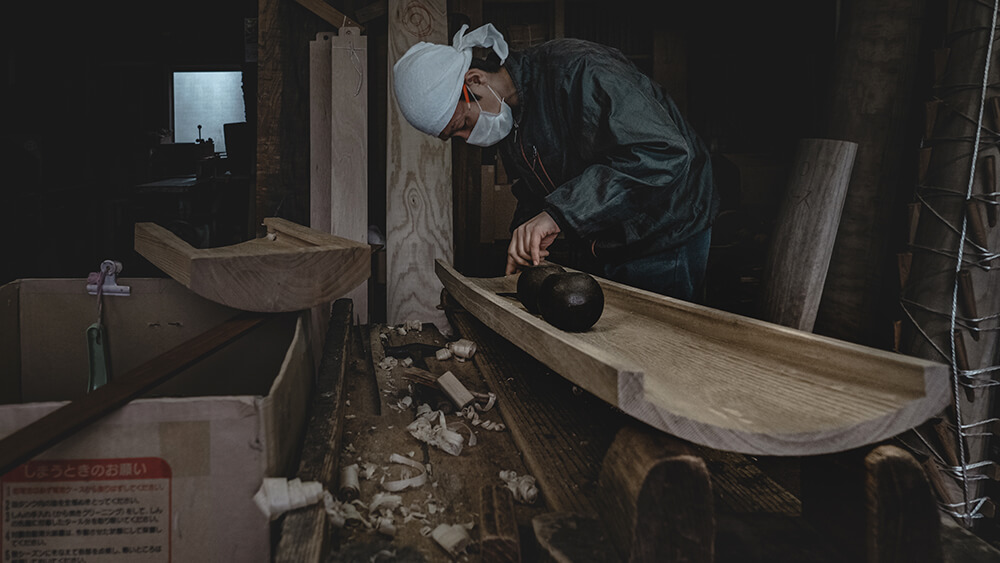
Koto – A Traditional Japanese Instrument
At another workshop located in the post-town of Funaki, within Ube, three generations of the Tamashige family work to craft Koto, the traditional instrument often referred to as the “Japanese harp”. Typically featuring 13 strings strung across 13 bridges, the Koto is traditionally played while sitting on the floor and using a combination of plectra and uncovered fingers to generate an iconic sound easily synonymous with Japanese culture.
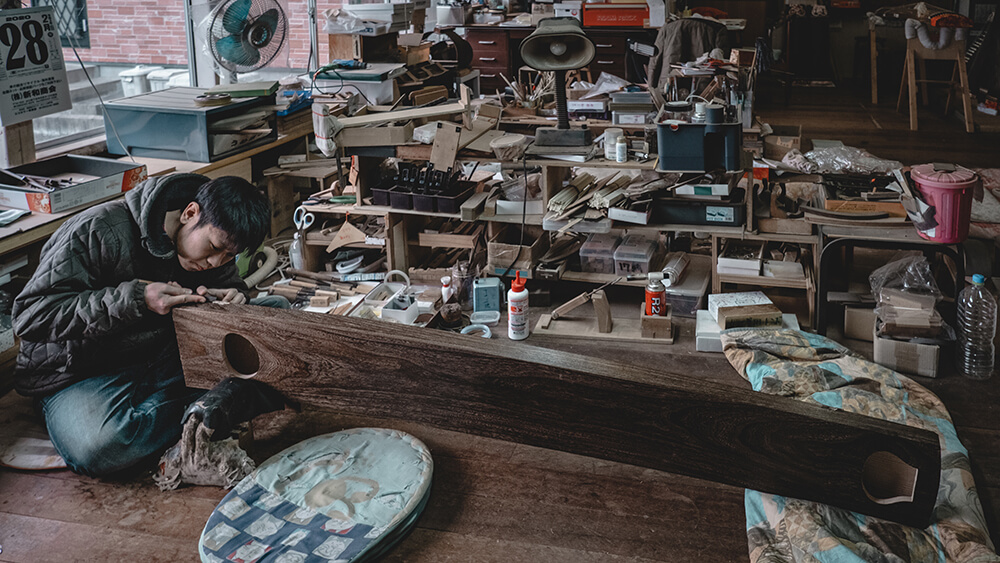
Just as with the Akama Suzuri inkstone, a Koto is only as good as the materials used to craft it. Different wood types greatly influence the sound that the instrument produces, as do the shape of the Koto itself and the placement of the bridges positioned across it to hold up its strings.
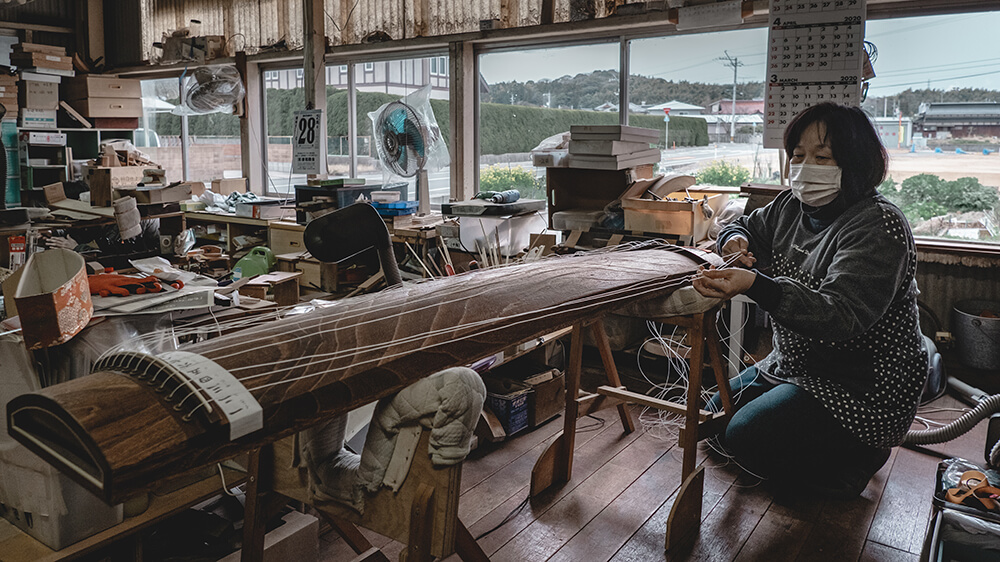
The Tamashige family’s workshop dates back to 1894, and the founder’s original levels of dedication and highly detailed handiwork carry on today through the work of Tomoki Tamashige, born nearly 100 years after the workshop was founded and now taking his place as the fifth generation of the family to take up the craft.
While the Biennale sculpture entries on display in Tokiwa Park are intriguing and most definitely worth a visit, they are not the only artistic delight to be found in the city of Ube. The authentic, fascinating traditions that continue through Ube’s talented craftsmen and artisans provide a stark contrast to the area’s modern image; a charming mix of old and new that has to be experienced to truly understood Ube, the city of art.
